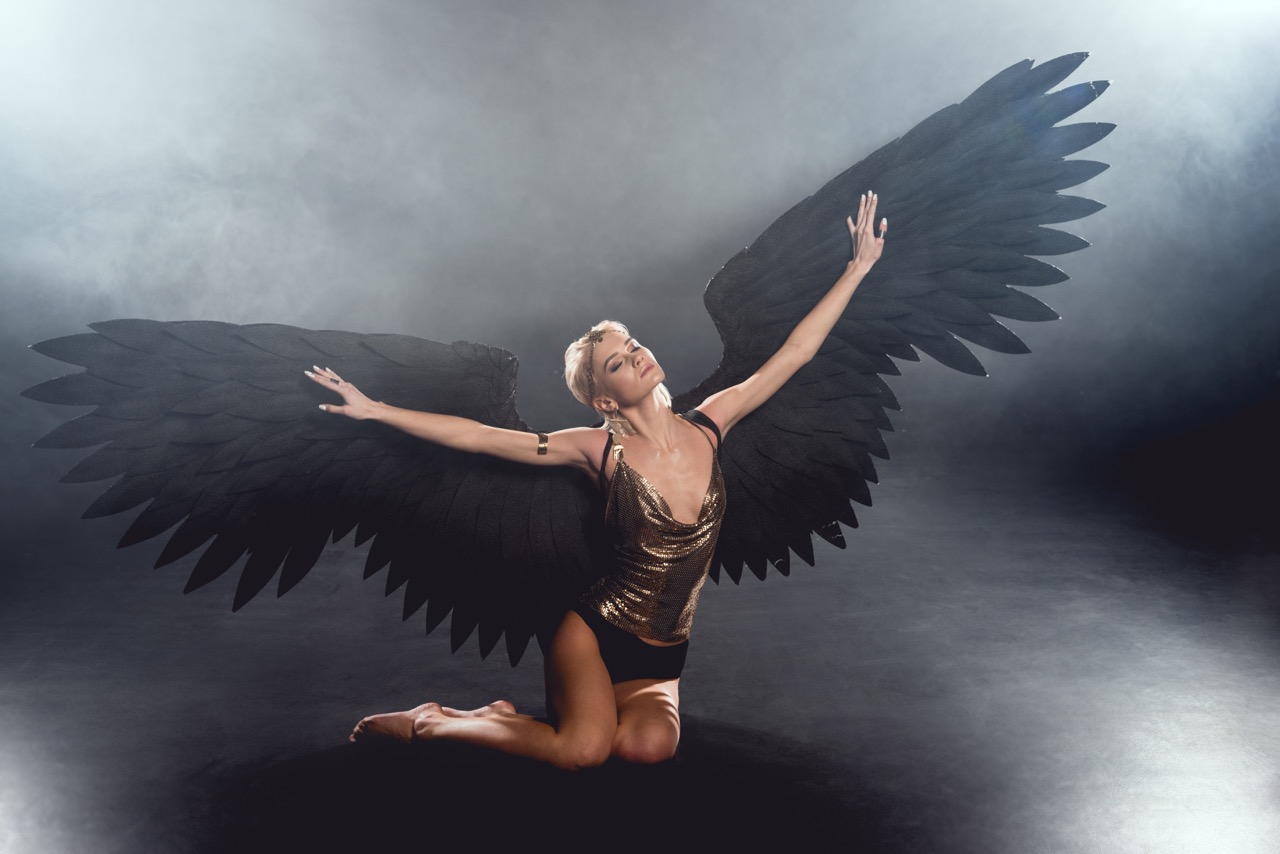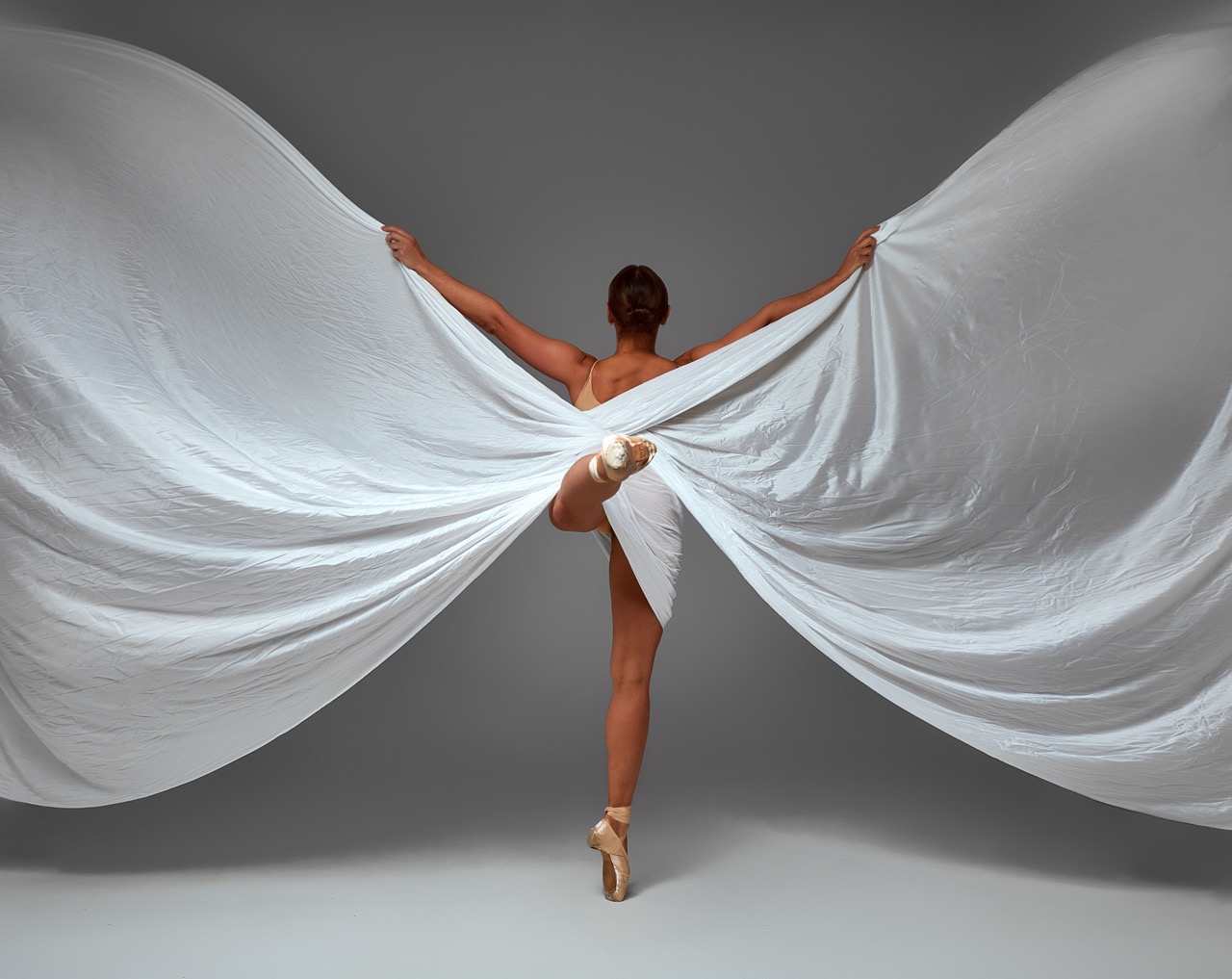In the ever-evolving world of dance, the intersection of art and technology presents exciting new opportunities for creativity and expression. Among the most innovative advancements is the integration of wearable technology into dance wings, which enhance both functionality and aesthetics. This article explores how this fusion is revolutionizing performance, making these iconic accessories more adaptable than ever before.
Revolutionizing Dance: The Fusion of Tech and Movement
Wearable technology has ushered in a new era for the world of dance. Historically, dance wings have been a powerful visual element, allowing dancers to mesmerize audiences with their fluid movements and vibrant colors. However, the introduction of smart textiles and sensors has transformed these traditional props into dynamic extensions of the dancer’s body. By embedding technology within fabric, designers are creating wings that respond to movement, sound, and even audience engagement, making performances truly immersive experiences.
Moreover, the integration of digital elements allows for the customization of dance wings in real-time. Dancers can adjust the colors, patterns, and even textures of their wings mid-performance, adapting to the mood of the music or the energy of the crowd. This level of interactivity not only enhances the visual appeal but also allows performers to convey narratives more effectively, pushing the boundaries of traditional storytelling within dance. With wearable tech, dance has become a multi-sensory experience, elevating the art form to new heights.
Finally, the fusion of technology and movement fosters collaboration between artists and engineers, resulting in innovative designs that challenge the status quo of dance performance. Dancers, choreographers, and technologists are now working together to create pieces that blend physical and digital artistry. This collaborative approach not only broadens the artistic palette but also opens doors for cross-disciplinary projects, enriching the dance community and inspiring future generations of performers.
Adaptive Designs: How Wearables Enhance Dance Wings
The adaptive design of wearable technology is at the forefront of enhancing dance wings. By incorporating sensors that detect motion, dancers can manipulate their wings with unprecedented precision. These sensors can trigger lights or activate sound effects, creating an engaging dialogue between movement and technology. As dancers spin, leap, and glide, the wings come alive, responding to their every gesture, making each performance unique and captivating.
Additionally, the materials used in the creation of these smart wings have vastly improved. Lightweight, flexible fabrics allow for greater freedom of movement while housing advanced electronics. Innovations in battery technology and wireless connectivity mean that dancers aren’t tethered to cumbersome equipment, allowing for a seamless integration of technology. This adaptability ensures that dancers of all styles can benefit from enhanced wings, whether they perform hip-hop, ballet, or contemporary dance.
Furthermore, these adaptive designs cater to individual dancers’ needs, making dance wings accessible for performers of all abilities. Customizable features allow dancers to choose settings that align with their personal style and performance context. The ability to manipulate technological elements, such as lighting effects and soundscapes, enables dancers to express themselves fully, ensuring that dance remains an inclusive and evolving art form.
The Future of Performance: Smart Wings in Action
As we look to the future, smart wings are poised to redefine how dance is performed and experienced. Imagine a performance where dancers interact with augmented reality projections, their wings seamlessly blending with digital visuals to create a unified artistic statement. This not only broadens the horizons of what is possible within the realm of performance but also introduces new dimensions of storytelling, where the dancer becomes both the protagonist and the canvas.
Moreover, the potential for audience interaction will revolutionize live performances. With wearable technology, audiences could influence the performance through their responses, creating a two-way conversation between dancer and viewer. This level of engagement will foster a deeper connection to the art form, transforming passive spectators into active participants in the performance experience. As technology advances, the possibilities for immersive and interactive performances will expand dramatically.
As smart wings continue to evolve, we may also see their application in non-traditional venues, such as outdoor festivals and immersive art installations. Dance can escape the confines of the stage, utilizing public spaces for performances that engage broader audiences. The combination of adaptive wings and innovative technology has the potential to create unforgettable experiences that resonate with viewers long after the final bow.
Empowering Dancers: Technology’s Role in Creative Expression
The integration of wearable technology into dance wings empowers dancers to explore their creativity like never before. With customizable features, dancers can experiment with different styles, patterns, and effects, allowing for individual expression within their performances. This freedom encourages choreographers to push boundaries, challenging preconceived notions of what dance can be and how it can be presented.
Furthermore, wearable technology democratizes access to performance-enhancing tools. Dancers from diverse backgrounds can utilize these innovations, fostering a more inclusive environment where talent can shine regardless of resources. With affordable options becoming available, aspiring dancers can experiment with technology in their creative processes, leading to a new generation of performers who seamlessly blend art with innovation.
Finally, technology’s role in dance is not merely about enhancing visual effects; it also serves as a medium for self-exploration and growth. Dancers can use wearable technology to track their movements, analyze performance metrics, and refine their craft. This data-driven approach empowers dancers to gain insights into their strengths and areas for improvement, ultimately elevating their artistry and expanding the possibilities of creative expression.
As wearable technology continues to transform the landscape of dance, its impact on dance wings offers a glimpse into the future of performance art. By fostering adaptability, enhancing interactivity, and empowering dancers, this fusion of technology and movement is paving the way for richer, more dynamic artistic expressions. As we embrace these innovations, the stage is set for a new era of dance—one that celebrates the beautiful synergy between artistry and technology.










